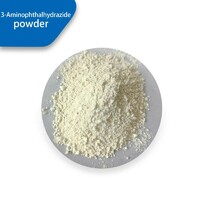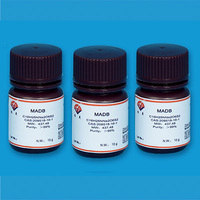Application of chromogenic substrate MADB
Product Quick Detail
- Place Of Origin
- China (Mainland)
- Minimum Order
- 10
- FOB Price
- USD $58.80 / Piece
- Packaging
- 1g/pc
- Delivery
- 15 Days
Specifications
Traditional Trinder's reagents have played an important role in biochemical analysis, but their stability and sensitivity still need to be improved. The new Trinder's reagent MADB has emerged in this context, which significantly improves stability and sensitivity by optimizing chemical structure and improving manufacturing processes, bringing new breakthroughs to biochemical analysis. This article mainly introduces the application and advantages of MADB reagents.
In clinical chemical analysis, the novel Trinder's reagent MADB has become a key tool for precise determination due to its high sensitivity and specificity. It can accurately measure various biochemical indicators in serum, plasma, or urine samples, such as blood glucose, uric acid, cholesterol, etc., providing strong support for the diagnosis, treatment, and prognosis evaluation of diseases. In addition, the rapid response and low interference characteristics of MADB reagents enable clinical laboratories to obtain accurate experimental results in a short period of time, improving work efficiency.
In vitro diagnostic kits have unique advantages in rapid detection, and the new Trinder's reagent MADB is an important component of these kits. By combining MADB reagents with specific detection systems and sample processing methods, accurate and reliable in vitro diagnostic kits can be developed to meet the rapid detection needs of clinical emergency and bedside testing. These test kits play an important role in disease prevention, early diagnosis, and disease monitoring, providing strong guarantees for the treatment of patients.
In the field of biochemistry research, the new Trinder's reagent MADB has also shown broad application prospects. It can be used for research on enzymatic reactions, metabolic pathways, and other aspects, helping scientists gain a deeper understanding of biochemical processes within living organisms. By utilizing the high sensitivity and specificity of MADB reagents, researchers can accurately determine target substances in biological samples, revealing the interactions and regulatory mechanisms between biomolecules. This not only helps to promote the in-depth development of biochemical research, but may also provide new ideas and methods for new drug development and disease treatment.
- Country: Afghanistan
- Business Type:
- Market:
- Founded Year:
- Address:
- Contact:Doris Yang











